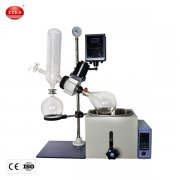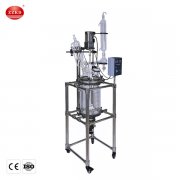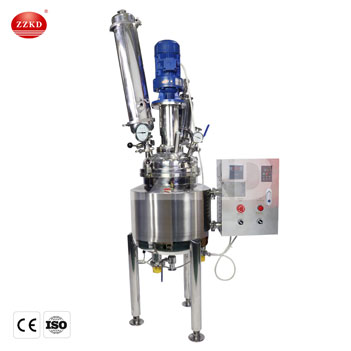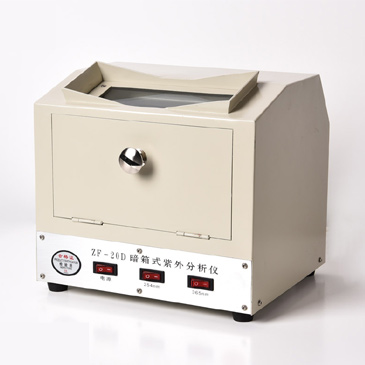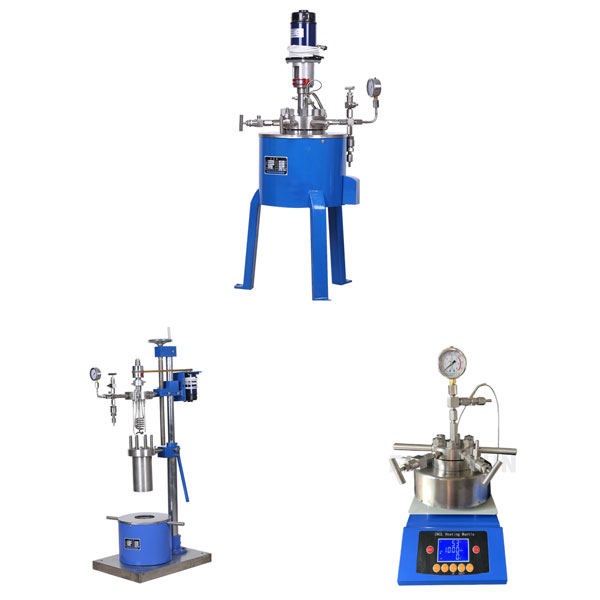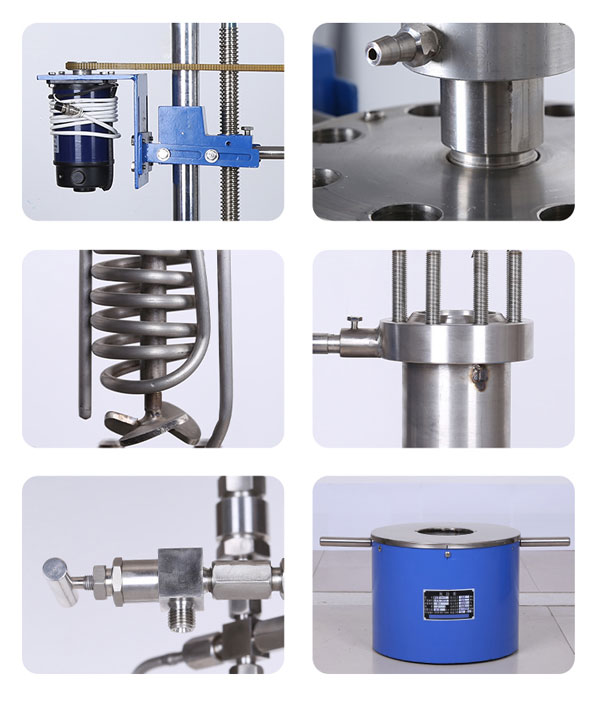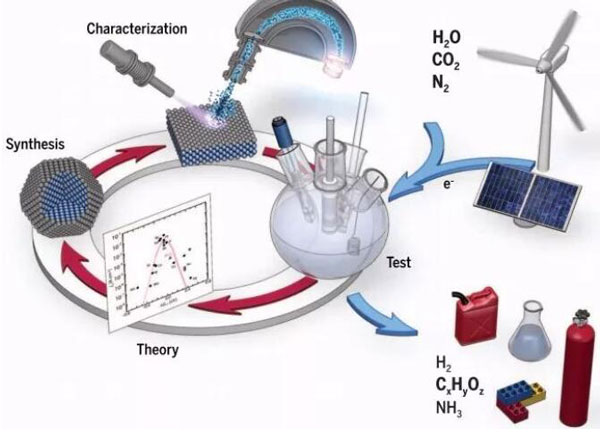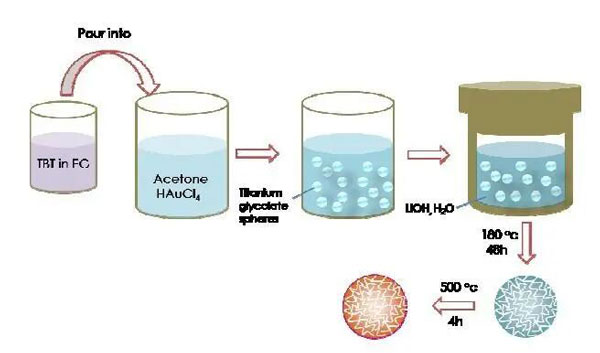In the realm of chemical and materials research, the
high pressure reactor vessel stands tall as a powerful tool that enables scientists to delve into the realms of high-pressure and high-temperature conditions. With applications in both chemical synthesis and hydrothermal synthesis, the autoclave reactor has revolutionized our understanding of various natural processes and facilitated the creation of new materials with unique properties. This article explores the significance of the autoclave reactor in these two distinct perspectives, shedding light on its versatility and broad impact on scientific exploration.
Structure Of Autoclave Reactor
Pressure Vessel:
The main body of the autoclave reactor is the pressure vessel, which is a robust, sealed container designed to withstand high pressures and temperatures. The pressure vessel is usually made of high-quality materials such as stainless steel, Hastelloy, or other alloys that can withstand the corrosive and high-pressure conditions inside the reactor.
Pressure Control System:
Autoclave reactors are equipped with pressure control systems that allow researchers or operators to adjust and maintain the desired pressure inside the vessel. This system includes pressure gauges, relief valves, and pressure regulators to monitor and control the pressure within safe operating limits.
Temperature Control System:
A reliable temperature control system is essential to maintain precise temperature conditions during chemical or hydrothermal reactions. The temperature control system can involve heating elements, external heating/cooling jackets, or internal coils to control the temperature of the reactor's contents.
Stirring Mechanism:
Many autoclave reactors have built-in stirring mechanisms to ensure thorough mixing of the reactants and uniform temperature distribution throughout the vessel. Stirring is crucial for achieving homogeneous reactions and preventing localized hotspots.
Inlets and Outlets:
Autoclave reactors are equipped with inlets and outlets to introduce reactants and remove products continuously or intermittently. These ports also allow for the addition of reagents during the reaction process or sampling for analysis.
Safety Features:
Safety features are incorporated to protect researchers and prevent accidents. These may include pressure relief systems to prevent over-pressurization, rupture discs, and safety interlocks that prevent the opening of the vessel when it is under pressure.
Autoclave Reactor in Chemical Synthesis:
Chemical synthesis is the bedrock of modern science, where the creation of new compounds and materials drives progress in numerous fields. However, certain chemical reactions may require elevated pressures and temperatures to proceed effectively. The autoclave reactor proves to be a valuable asset in such scenarios, as it allows scientists to replicate these extreme conditions and explore reaction pathways that would otherwise be inaccessible.
Controlled and Safe Environments:
One of the primary advantages of using an autoclave reactor in chemical synthesis is the ability to control reaction parameters precisely. Researchers can tailor pressure, temperature, and reaction time to optimize yields and selectivity. Moreover, the enclosed nature of the autoclave ensures safety, preventing hazardous reactions from causing unintended consequences.
Organic Synthesis and Catalysis:
Organic chemists often rely on autoclave reactors to perform reactions like esterifications, hydrogenations, and oxidations under high-pressure conditions. These processes can lead to novel compounds and pave the way for the development of pharmaceuticals, agrochemicals, and specialty chemicals.
Polymerization Studies:
In the realm of polymer science, the autoclave reactor plays a pivotal role in polymerization studies. High-pressure polymerization reactions enable the creation of polymers with unique properties, such as high molecular weight and controlled branching.
Materials Characterization:
Aside from synthesis, autoclave reactors contribute significantly to materials characterization. Researchers can simulate the extreme conditions found in various environments, such as deep-sea habitats, volcanic regions, or planetary bodies, to study material behavior under such circumstances.
Autoclave Reactor in Hydrothermal Synthesis:
Hydrothermal synthesis is a remarkable process that mimics the Earth's natural conditions deep beneath its surface. In hydrothermal environments, high pressure and temperature give rise to unique materials that may not be achievable through conventional synthesis routes. The autoclave reactor acts as the ideal vessel to replicate these conditions, unlocking the potential of hydrothermal synthesis for scientific advancements.
Nanoparticles and Nanomaterials:
Nanotechnology is a burgeoning field with vast potential. The hydrothermal synthesis process in autoclave reactors allows researchers to create nanoparticles and nanomaterials with precise control over size, shape, and composition. These nanostructures find applications in electronics, catalysis, medicine, and environmental remediation.
Zeolite Synthesis:
Zeolites are crystalline microporous materials with diverse applications, including adsorption, ion exchange, and catalysis. Autoclave reactors facilitate the hydrothermal synthesis of zeolites by providing the necessary conditions for their crystallization. The ability to tailor zeolite properties has opened up new opportunities in various industries.
Metal-Organic Frameworks (MOFs):
Metal-organic frameworks represent a class of materials with high surface areas and tunable structures. Hydrothermal synthesis in autoclave reactors has revolutionized the creation of MOFs, offering a wide range of applications in gas storage, separations, and catalysis.
Biomimetic Synthesis:
Hydrothermal conditions often resemble the environments found in natural systems, such as hot springs and deep-sea hydrothermal vents. Researchers use autoclave reactors to mimic these conditions and synthesize biomimetic materials, drawing inspiration from nature's design.
Challenges and Future Perspectives:
Engineering and Safety Challenges:
While autoclave reactors are powerful tools, they come with engineering and safety challenges. Designing autoclaves capable of withstanding high pressures and temperatures while ensuring proper mixing and heat transfer remains a complex task.
Expanding Material Libraries:
As researchers continue to explore the potential of hydrothermal synthesis, the need for novel materials with unique properties persists. Autoclave reactors play a pivotal role in expanding the library of functional materials that can address emerging societal challenges.
Scaling Up Hydrothermal Synthesis:
The transition from laboratory-scale hydrothermal synthesis to large-scale industrial production poses a significant challenge. Addressing the scalability of the process is crucial for realizing the full potential of hydrothermal materials in real-world applications.
The autoclave reactor stands as a beacon of scientific progress, enabling researchers to explore the uncharted territories of chemical and hydrothermal synthesis. From creating novel compounds with tailored properties to unlocking the potential of nanomaterials and biomimetic materials, the autoclave reactor continues to revolutionize various scientific disciplines. As engineering and safety considerations advance, and our understanding of materials at extreme conditions grows, the autoclave reactor will undoubtedly remain an essential tool in shaping our future through the wonders of synthesis.

 Products
Products





